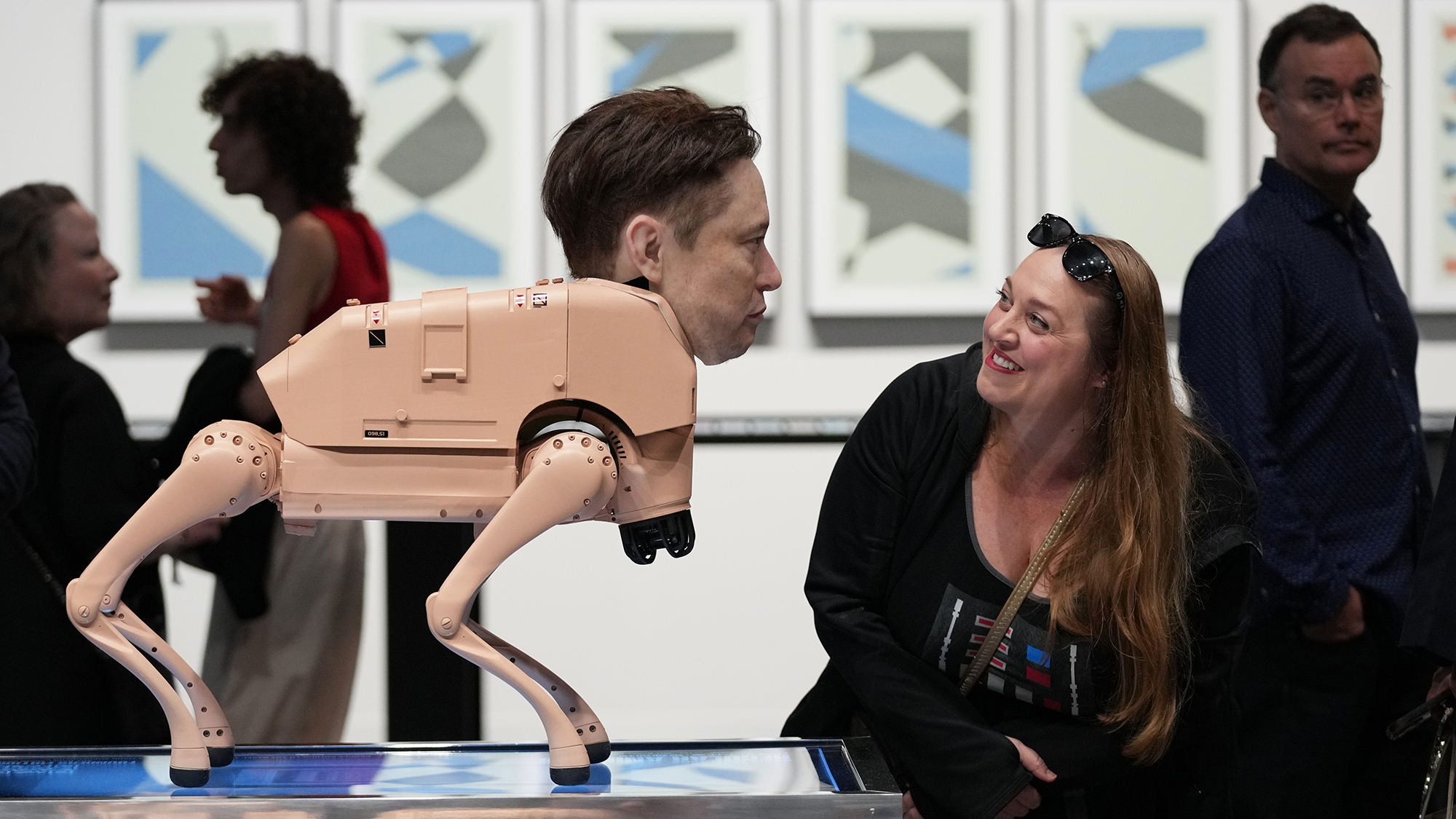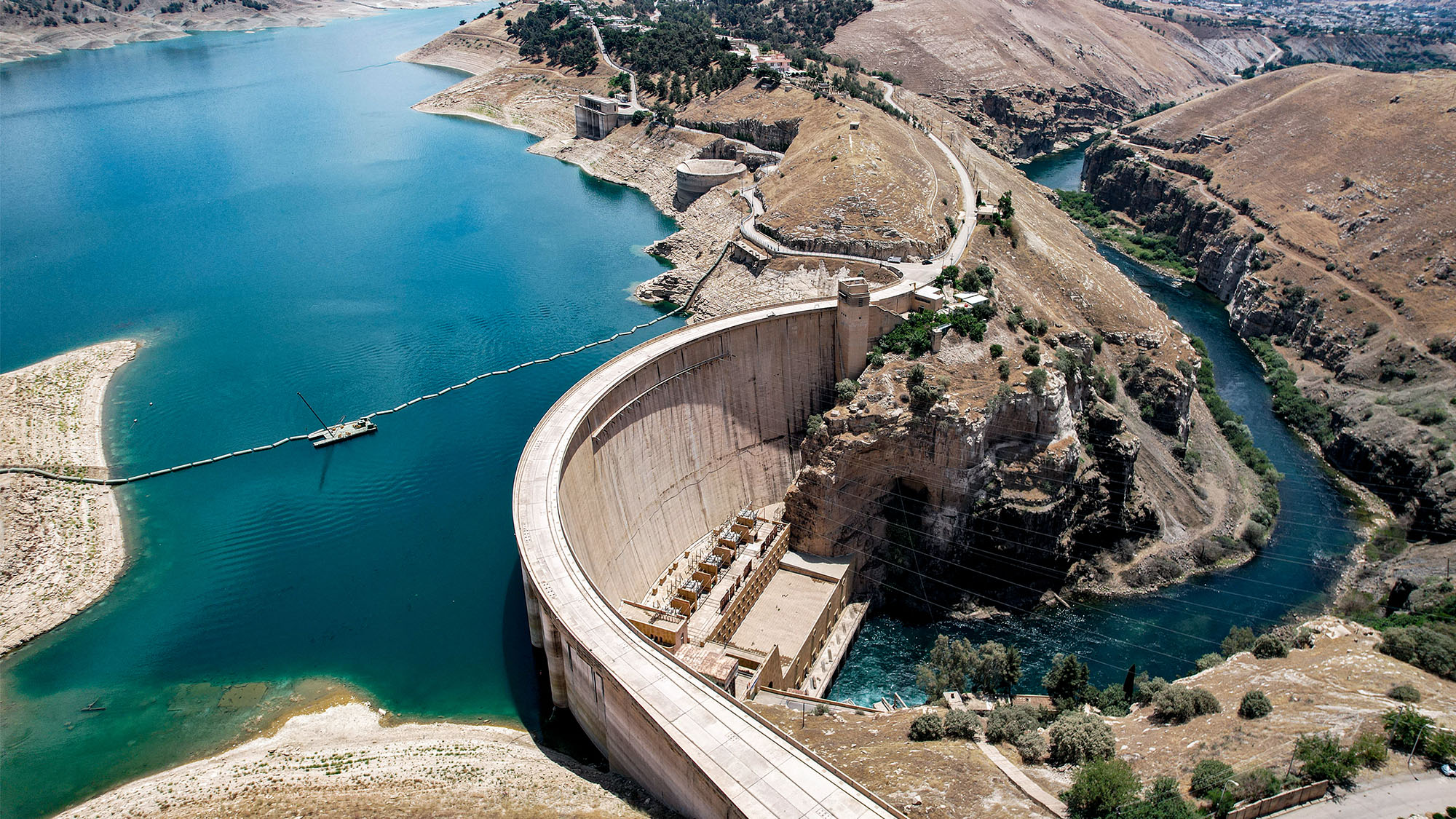1934: A New Deal for Artists
The Smithsonian American Art Museum is showing paintings by artists from the Public Works of Art Project, which was created by President Franklin Delano Roosevelt during the depression.
Smithsonian American Art Museum Washington, D.C.
Through Jan. 3, 2010
In December 1933, “the unemployment rate was sky-high and businesses were closing their doors” left and right, said Tim Taylor in Roll Call. That doom and gloom are evident everywhere in this exhibition of 55 oil paintings by the artists from the Public Works of Art Project, created that winter by President Franklin Delano Roosevelt. Ivan Albright’s The Farmer’s Kitchen shows an old, wrinkled woman sitting in her kitchen; “her knuckles are swollen and red” as she attempts to cut a radish. Jacob Getlar Smith’s Snow Shovellers depicts African-American laborers working side by side with white men “in dressier overcoats and shoes,” now forced to take on manual labor to survive. “The first of many federal programs to promote and preserve American artistry” during the Great Depression, the program put painters to work creating scenes from American life, to be displayed in government buildings, public schools, and libraries.
The Week
Escape your echo chamber. Get the facts behind the news, plus analysis from multiple perspectives.

Sign up for The Week's Free Newsletters
From our morning news briefing to a weekly Good News Newsletter, get the best of The Week delivered directly to your inbox.
From our morning news briefing to a weekly Good News Newsletter, get the best of The Week delivered directly to your inbox.
These works “were intended to lift the spirits of a demoralized nation,” said Michael O’Sullivan in The Washington Post. So why “are so many of them so depressing?” What makes these pictures—“most by people you have never heard of”—more than propaganda is their emotional honesty. “There’s a pervasive feeling of, for lack of a better word, winter.” Painters such as Smith and Agnes Tait actually depicted snowy scenes. The farms rendered by Kenjiro Nomura and Robert A. Darragh “feature barns sitting empty and dark, devoid of people and animals.” Even Paul Kelpe’s modernistic Machinery (Abstract #2) is “a formal study of now-stilled gears.” Only in the chill blue sky at the end of Erle Loran’s Minnesota Highway is there “promise of better to come.” But it seems a long way off.
A free daily email with the biggest news stories of the day – and the best features from TheWeek.com
-
 The week’s best photos
The week’s best photosIn Pictures A drive in the desert, prayers with pigeons, and more
-
 The Week Unwrapped: Will drought fuel global violence?
The Week Unwrapped: Will drought fuel global violence?Podcast Plus why did Trump pardon a drug-trafficking president? And are romantic comedies in terminal decline?
-
 Sudoku hard: December 5, 2025
Sudoku hard: December 5, 2025The daily hard sudoku puzzle from The Week
-
If/Then
feature Tony-winning Idina Menzel “looks and sounds sensational” in a role tailored to her talents.
-
Rocky
feature It’s a wonder that this Rocky ever reaches the top of the steps.
-
Love and Information
feature Leave it to Caryl Churchill to create a play that “so ingeniously mirrors our age of the splintered attention span.”
-
The Bridges of Madison County
feature Jason Robert Brown’s “richly melodic” score is “one of Broadway’s best in the last decade.”
-
Outside Mullingar
feature John Patrick Shanley’s “charmer of a play” isn’t for cynics.
-
The Night Alive
feature Conor McPherson “has a singular gift for making the ordinary glow with an extra dimension.”
-
No Man’s Land
feature The futility of all conversation has been, paradoxically, the subject of “some of the best dialogue ever written.”
-
The Commons of Pensacola
feature Stage and screen actress Amanda Peet's playwriting debut is a “witty and affecting” domestic drama.